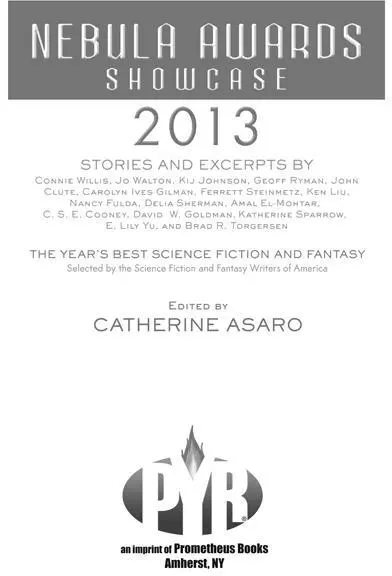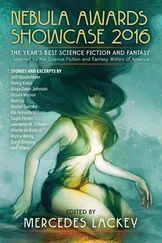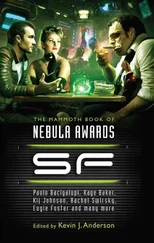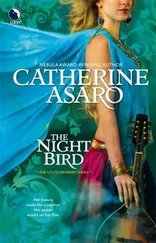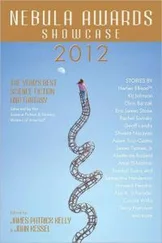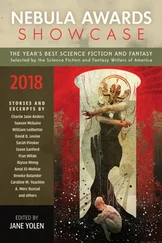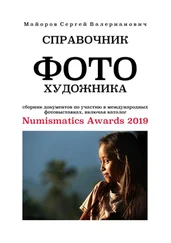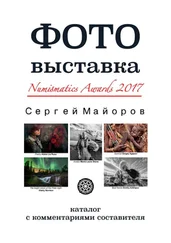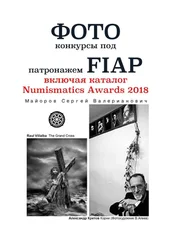NEBULA AWARDS SHOWCASE
2013
The Year’s Best Science Fiction
Edited by Catherine Asaro
To Eleanor Wood,
who has given so much to the field of speculative fiction.
Introduction
A HARMONY OF THOUGHTS
Catherine Asaro
Drawing is not what you see, but what you must make others see.
—Edgar Degas,
The Shop-Talk of Edgar Degas , edited by R. H. Ives Gammell
When I was a child, my parents gave me several framed prints of ballerinas by painter Edgar Degas. To this day, they remain in my old bedroom, on the wall above the ballet barre where I was supposed to practice but almost never did. Although I loved to dance, doing it alone in my room held little appeal when the alternative was to join my friends, the other dancers at the studios where I trained. Those Degas paintings, however, remain a part of the creative landscape in my mind, whether I am writing, dancing, composing music, or solving the partial differential equations of quantum scattering theory.
The conventional assumption in our culture is that artistic endeavors are distinct from analytic pursuits such as science and math. On one side lies the lush realm of emotion; on the other, we find the straight lines of logic. That separation is reflected in how we view works of speculative fiction. Although the division is most prominent in comparisons between fantasy and hard science fiction, it comes into play for all the speculative subgenres.
I protest this idea that emotion and logic are two mutually exclusive lands separated by a wall of our perceptions, that these realms must be disparate, one ruled by passion, the other by logic. In my experience, the analytic and artistic threads of human endeavor are so thoroughly entangled, it is impossible to separate them. In reading the stories on the ballot this year, I was struck by how well they illustrate that idea.
I wish I could have included every nominated story in this anthology. Unfortunately, that would have resulted in a book that cost more than would fit between two covers, while giving the contributors little more than the proverbial penny for their thoughts. However, the full ballot appears in this anthology, and I recommend all the stories.
Music was my refuge. I could crawl into the space between the notes and curl my back to loneliness.
—Maya Angelou,
Gather Together in My Name
David W. Goldman’s short story “The Axiom of Choice” is an ingenious play on a famous (some might say infamous) mathematical axiom. The axiom of choice seems simple at first glance. What it says is essentially this: given any collection of buckets, each holding at least one object, it is possible to choose exactly one object from each bucket. If every bucket contained a pair of shoes, for example, we could specify “the left shoe.” Then we’ve picked out one shoe from each bucket. Easy, right? But what if each bucket contains the same pair of identical socks? How do we specify one sock or the other when every choice is the same? The axiom of choice claims it is always possible to make that choice even if we don’t see how.
In his story, Goldman has the reader choose the plotline, making the story an interactive experience. As he weaves the tale of a guitarist who suffered a debilitating accident, the reader determines the plot. Or do we? The plot unfolds as a series of choices, forming an allegory for the axiom, which itself is a metaphor for the emotional journey taken by the musician.
Math and music are inextricably tangled together. The mathematics of music is one of the most beautiful areas of physics. Goldman’s story, with its structure of branches and numbered sections, is reminiscent of both a musical composition and a mathematical proof. So it seems only appropriate that he uses the axiom as the framing device.
In math, the axiom of choice is fundamental to the Banach-Tarski paradox, which says we can cut a solid ball into a finite number of pieces, even as few as five, and reassemble those pieces into two solid balls, each the same size and shape as the original; in fact, we could cut up a pea and reassemble it into a ball the size of our sun. [1] 1. Editor’s note: After I wrote this introduction, some of my early readers had questions about the Banach-Tarski paradox and the axiom of choice. I did a web search and found a number of sites that talk about the concepts. The one I liked best was an essay in the blog Good Math, Bad Math , written by Mark Chu-Carroll. If you’d like a look, see tinyurl.com/AxiomChoiceBlog.
Say what? Such wild projects don’t work in real life because we would need to cut the balls into such convoluted pieces, they wouldn’t have a physically defined volume. They exist only in theory. And so Goldman plays with the choices made by his protagonist—or those that, in theory, he could have made. The musician’s choices, real or theoretical, become the space he curls into, seeking refuge between the notes he can no longer play. The story is an exquisite blending of mathematics and emotion, tangling the analytical with the human heart.
Origami, like music, permits both composition and performance as expressions of the art.
—Robert J. Lang, origami artist and physicist, www.langorigami.com
I wished to fold the laws of nature, the dignity of life, and the expression of affection into my work.
—Akira Yoshizawa, origami grandmaster,
Inochi Yutaka na Origami (
Origami Full of Life ), quote translated by Kondo Kanato
Describe, with proof, what fractions p/q can be obtained as areas of squares folded from a single unit square…
—2006 American Regional Mathematics League,
The Power of Origami
Origami is the art of paper folding, where the artist uses an intricate series of folds to transform a flat sheet of paper into a sculpture. Not only is it a visually exquisite art form, it has also defined an entire branch of mathematics and appears in questions on internationally renowned programs such as the American Regional Mathematics League.
In his story, “The Paper Menagerie,” Ken Liu explores the complex relationship between a young man of mixed heritage born in the United States and his mother, who was a mail-order bride from China, through the medium of her origami creations, which, in his childhood, she magically brought to life for him. The duality of origami—a pursuit that deeply embodies both artistic and analytic properties—becomes an inspired frame for Liu’s tale. The geometrical nature of origami is never described in the story, but for me as a reader, the complexity and multilayered tension felt by the son toward his mother is aptly symbolized by the tension that so many people perceive between art and the math therein, especially the three-dimensional complexity embodied by origami. That both of those aspects simultaneously exist in the same work despite their apparent contradictory nature offers an apt paradigm for love and its denial in this heartbreaking relationship between a son and his mother.
Dance is the hidden language of the soul.
—Martha Graham,
New York Times , 1985
In her story, titled “Movement,” Nancy Fulda writes about an autistic prodigy who excels at ballet. Autism is a neural disorder that impacts how the brain interprets information, making it difficult for those affected to communicate with others. A small percentage of autistics are savants, particularly with music, memory, math, and, in this case, dance. Fulda uses the protagonist’s relationship with ballet to explore the ramifications behind a potential treatment for her autism.
Читать дальше

